detail profile toshio matsumoto
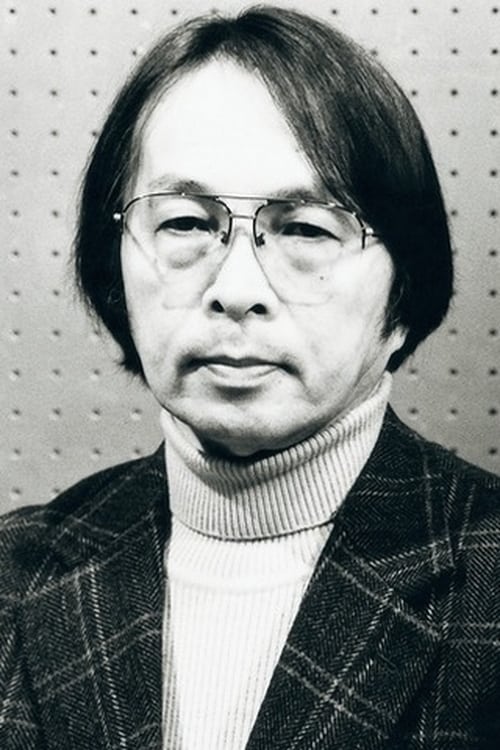
Toshio Matsumoto
松本 俊夫
atau dikenal sebagai
Riwayat Hidup
Toshio Matsumoto (松本 俊夫 Matsumoto Toshio) (March 25, 1932 – April 12, 2017) was a Japanese film director, a pioneer of avant-garde experimental movies, multimedia, and video in his homeland and abroad.
Matsumoto was born in Nagoya, Aichi, Japan and graduated from Tokyo University in 1955.
His first short was Ginrin, which he made in 1955, however his most famous film is 1969's wildly experimental Funeral Parade of Roses (also known as Bara no soretsu).
Funeral Parade of Roses influenced Stanley Kubrick's film A Clockwork Orange heavily.
The film was a retelling of Oedipus Rex, featuring a trans person (portrayed by Pîta) trying to move up in the world of the Japanese hostess clubs.
Matsumoto published many books of photography and art and was a professor and dean of Arts at the Kyoto University of Art and Design.
He was also the President of the Japan Society of Image Arts and Sciences.
Info Pribadi
Peran Yang Di Mainkan Toshio Matsumoto
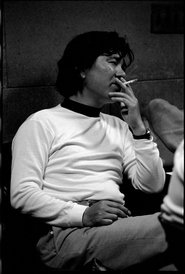 A documentary on sixties counterculture in...
A documentary on sixties counterculture in...Under the Skin 2002
A documentary on sixties counterculture in Japan featuring Donald Richie, Tadanori Yokoo, Masao Adachi, Koji Wakamatsu, Toshio Matsumoto and Akaji Maro among others.
 A previously unseen short by the...
A previously unseen short by the...1986 Summer 1986
A previously unseen short by the Japanese avant-garde titan, Toshio Matsumoto's 1986 Summer locates faces and bodies within superimpositions, zooms, a lightning-fast montage of brick structures and verdant trees.
 By cutting up and zoom in...
By cutting up and zoom in...Shift 1982
By cutting up and zoom in on images of facades creates Matsumoto visual effects.
 TMAN is a visual tourdeforce based...
TMAN is a visual tourdeforce based...Atman 1975
ĀTMAN is a visual tour-de-force based on the idea of the subject at the centre of the circle created by camera positions (480 such positions). Shooting frame-by-frame the filmmaker set up an increasingly rapid circular motion. ĀTMAN is an early Buddhist deity often connected with destruction; the Japanese aspect is stressed by the devil mask of Hangan, from the Noh, and by using both Noh music and the general principle of acceleration often associated with Noh drama.
 Theres more to picture than meets...
Theres more to picture than meets...Everything Visible Is Empty 1975
There's more to picture than meets the eye in this journey into oriental metaphysical imagery. Starting (in a very Christian manner) with the Word, the film draws an explosion of visible forms, as if a sign of the shattering of shapes in the mundane world. But time is cyclical, of course, and what was once a multitude of sensible realities must eventually return to the Word and, finally, to sheer Color. (Sound of Eye)
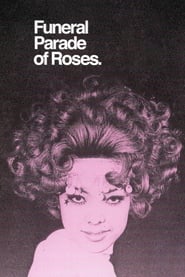 In 1960s Tokyo Gonda owns a...
In 1960s Tokyo Gonda owns a...Funeral Parade of Roses 1969
In 1960s Tokyo, Gonda owns a bar in which the gay, cross-dresser, and trans scenes meet. Gonda is in a relationship with the madam of the bar, Leda. As the younger Eddie starts a passionate affair with Gonda, she ignites the jealousy of Leda, unaware of another kind of history between them.
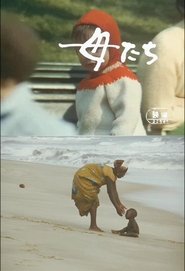 Documentary about the relationships between mothers...
Documentary about the relationships between mothers...Mothers 1967
Documentary about the relationships between mothers and their children.
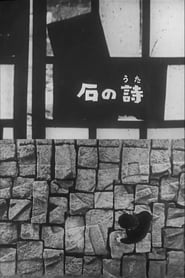 While extracting and polishing their blocks...
While extracting and polishing their blocks...The Song of Stone 1963
While extracting and polishing their blocks of stone, stonecutters used to say “the stone is coming to life". This paradox provided Matsumoto with the best metaphor for what making a film is all about. In his opinion, filmmakers work images in the same way that stonecutters work stones.
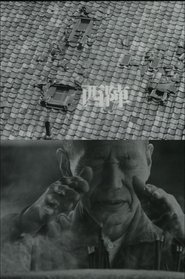 The Weavers of Nishijin captures the...
The Weavers of Nishijin captures the...The Weavers of Nishijin 1961
The Weavers of Nishijin captures the process of traditional textile manufacture in Nishijin.
 A young man kills his bride...
A young man kills his bride...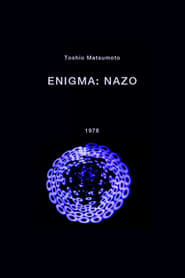 Enigma is something of a more...
Enigma is something of a more...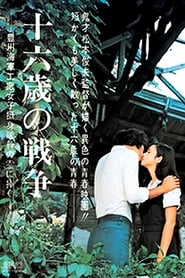 A young drifter and a precocious...
A young drifter and a precocious... Tells the story of the samurai...
Tells the story of the samurai...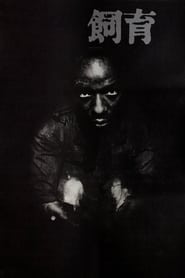 Towards the end of the Second...
Towards the end of the Second...